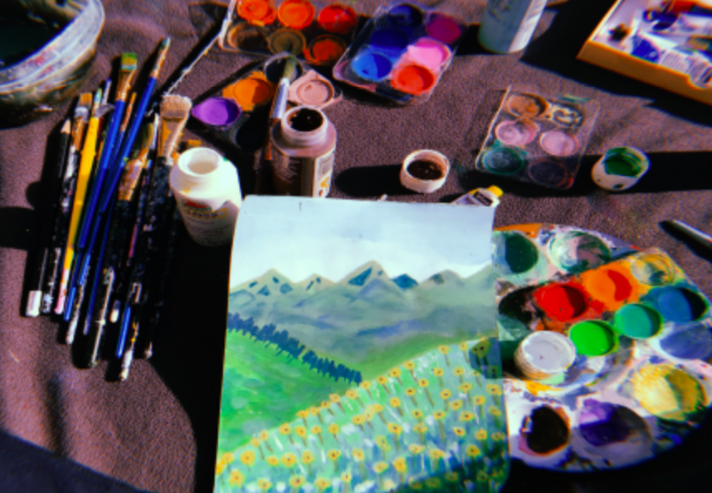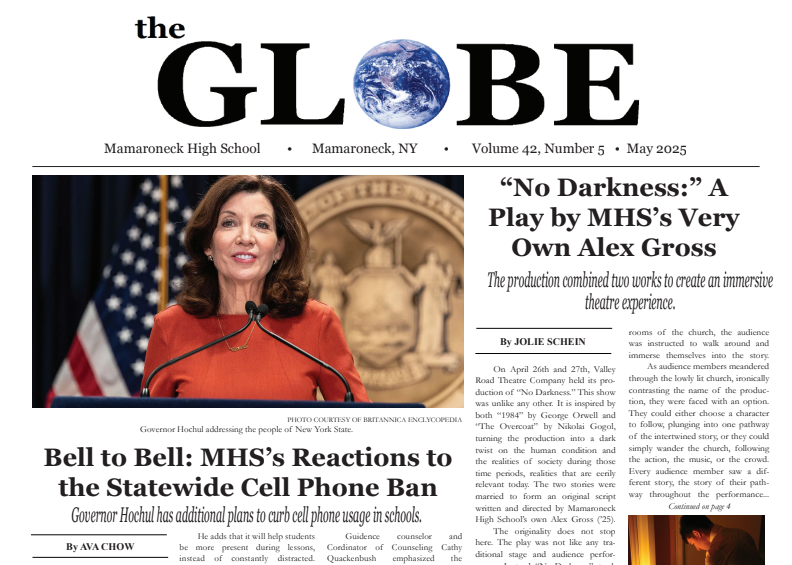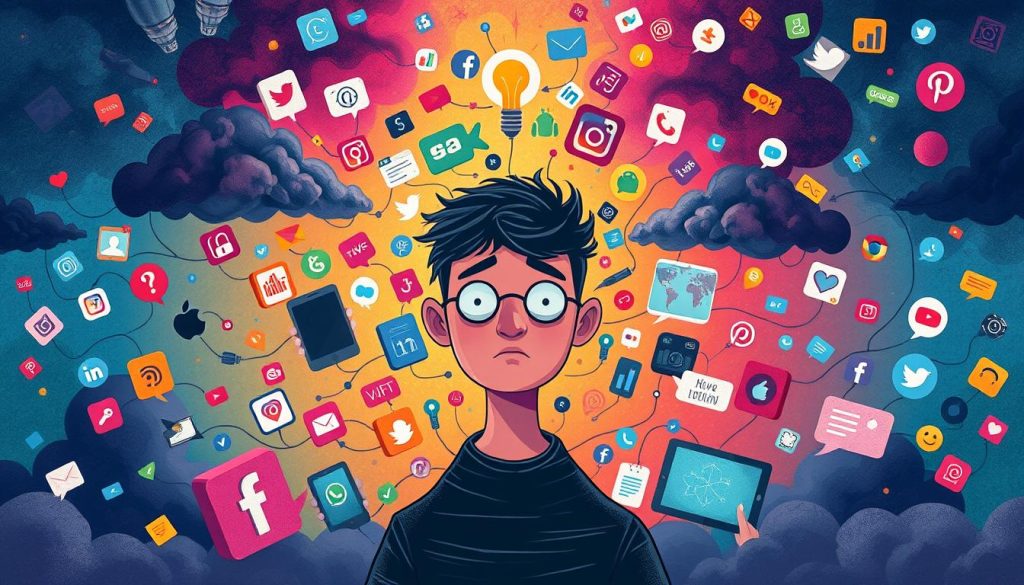Art Students Continue to Create in Quarantine
June 17, 2020
As students have now concluded their first experience with online learning, it has become clear that the arts department was greatly impacted by the alterations in class setting. Having to cope with the limited materials existing at home, many found it difficult to continue creating. However, art teachers worked hard for the past several months to ensure the continuation of their students’ education. From realistic rendering assignments in Drawing and Painting to pitch presentations in Design Studio 1, this crucial branch of MHS found its way around challenges throughout the seemingly never-ending quarantine. Nonetheless, despite all efforts to construct an easy and efficient experience for art students, there were certain aspects of online art classes that made them more challenging than traditional ones. Adversities presented with virtual communication such as the lack of direct assistance from teachers and at home distractions were issues undeniably difficult to deal with and most onerous to solve. The wonderful setting of in-school courses and the memories many have there could not be replaced, but in studying the arts from home, students still could find joy in them while practicing their passion for the subject.
There is no arguing about it; online classes certainly have their faults. In interviewing students, it became clear that students didn’t struggle to list the many inferiorities of virtual courses in comparison with conventional ones, but those that flourished in these sessions typically ascribed their success to two factors, the first being a loose work schedule. With separation, teachers were naturally inclined to offer more freedom to their students. For some, this slight lack of restraint led to disorganization but for artists like Anna McDonald (‘22), fewer restrictions allowed her to further explore herself in this field. She claims her relaxed agenda let her put more effort into her projects stating, “I liked working from home because I had more time to work on the type of art that I am more skilled at.” Another common ingredient to at home artistic achievement was the comfort of a domestic working place. Though classroom environments provide many with a sense of amenity and warmth, some students prefer working at home while others do not. Several of those interviewed reported few distractions and better progress from a desk in their room, music playing and focus solely directed on the project at hand. With the gloom of quarantine pervading the air, little blessings like a less rigid itinerary and the ability to take art into households provided hope to students facing depression or boredom during this period. Small advantages of online classes were important to recognize in a time where many questioned what was left to appreciate.
While the shift to virtual learning created controversy over whether art students have the materials necessary to carry out projects at home, it also allowed for them to have a taste of online courses, a trend growing more and more popular amongst various universities. Students interviewed provided several examples of inadequate resources, some young artists left to use computer paper for their sketches, to dance in confined spaces, or to make due with common, uninteresting subjects for photography. Some found that what they missed most about their in-school electives were the acrylic paints, the dance studio, and the camera equipment.
On the other hand, junior design student Matt Friedman (‘21) found his new set of supplies even more advantageous than those he worked with previously, claiming his personal computer served him best. Others like photographer Jillian Abramson (‘22) embraced the challenge. “It helped me get more creative whenI had sketchbook work and I had to make an original layout with the resources I had at home,” she says. Those who coped with a substandard set of tools at home found solutions as well, clay students brought home different apparatuses with the permission of a teacher. Complications like these forced students to find creative solutions to creating. Having learned how to deal with them now may even have prepared them for future virtual learning during college years. These lessons are growing more prevalent especially among. non-selective higher education organizations. Thus, online classes have in many ways set students up for success. Sorting through a new challenge, the student body will be ready to face it again later in life.
In spite of all other cons that occur with online classes, it appears, though cliche, that the greatest loss suffered was the pleasure of being united within one classroom together. The presence of teachers and peers students experienced before quarantine is something many realized they once took for granted. In the art department where the help of teachers in painting the perfect landscape or molding the perfect pot is crucial, its students were forced to create without assistance. Whereas peers can often be a distraction in other classes, they are monumental in the arts, offering ideas and inspiration to each other, sparking projects or building on the projects of others. Pace 2 student Ari Kass-Amsterdam (‘22) wisely put it, “what I missed the most was definitely just the atmosphere. I feel like there is a certain energy that’s in a building where everyone is working.” School just wasn’t the same when we’re apart.
Still, artists persisted, pursuing their assignments while discovering new parts of their artistic identity as well. Beyond PACE assignments, Kass-Amsterdam began to learn Latin. McDonald made progress on her realistic rendering projects in Drawing and Painting while exploring the part of herself that has a passion for abstract art. In the past few weeks, she has produced several watercolor collages based off music album Electra Heart by MARINA. Besides working on her photography, Abramson redecorated her room. Friedman listened to podcasts often during his work and many like him enjoyed the privilege of turning up their music when completing responsibilities. It may have seemed like a dark time and between the major life changes students had to make and the many casualties of the coronavirus, it most certainly was. However, life goes on. School continued. And artists never stopped creating.






